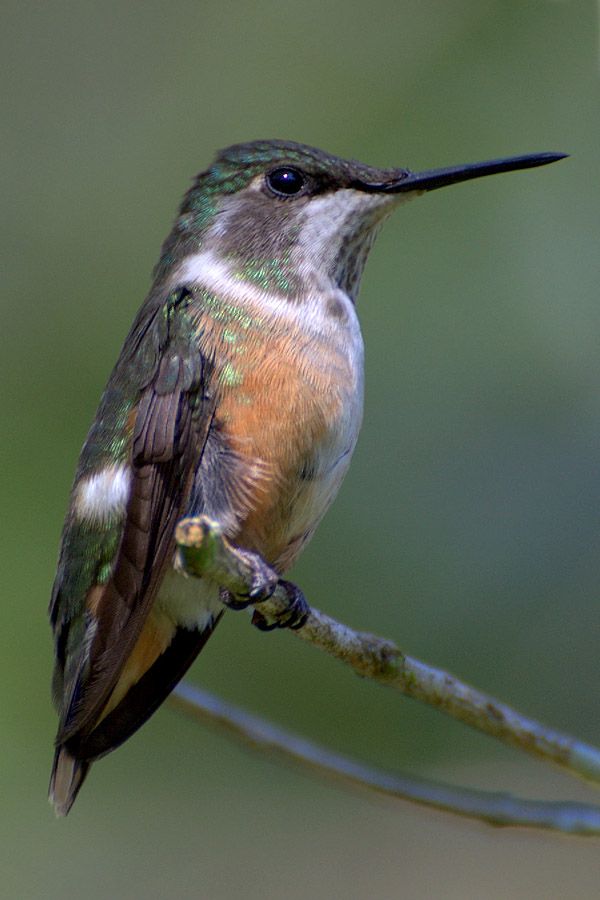
Amethyst Hummingbird (Calliphlox amethystina)
The Amethyst Hummingbird is a bird of the family of Trochilidae. Its habitat is Central America and the eastern South America, namely Argentina, Bolivia, Brazil, Columbia, Ecuador, French Guiana, Guiana, Suriname, Paraguay, Peru and Venezuela. As a natural settlement area the Amethyst Hummingbird inhabits tropical or subtropical moist lowland forests or tropical moist mountains.
Torpor - Spontaneous Power Saving
With several smaller mammals and birds in times of longer lasting food- and water shortage or heavy coldness or heat a dormancy, called torpor, may occur.
Energy and metabolism are heavily brought down, so that the body functions are reduced to their most elemental level. In this state the animals are without any activity, completely stiff and partially able to survive several days and even weeks without food and water, at which certainly a loss of weight is unavoidable. But if they are underweight before the numbness sets in, the body temperatures do not slump, because they need a lot of engergy reserves for awakening. During the torpor with coldness the body temperature is clearly reduced, but not as heavy as in hibernation.
Some animals even have a daily torpor cycle. The Hummingbirg for example in the night is spontaneously able to get choked in this state, for saving power especially in cold nights. The bat and the house mouse have the same ability, too.
The Mouse Lemurs, well known as smallest primates on earth, about midnight lower their body temperature with to little food supply in the drying time and fall into torpor. In the morning the sun slowly warms them up again, and thus they are wide awake in the noon. By this behaviour they save up to 40 % of their energy.







